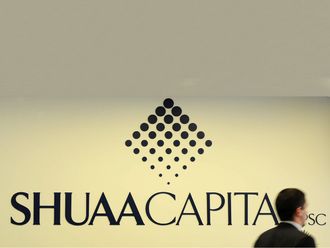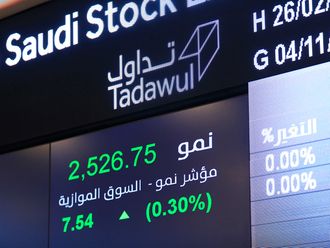Beijing: Prepare for a repeat of China’s 2015 boom, bust and whimper?
Days after replacing an overly cautious securities regulator, Beijing has mounted a multi-pronged effort to revive the market’s buzz: It set out the framework for a new tech-stocks exchange, cleared the way for more margin loans, made it easier for securities firms to buy stocks, and opened the futures and options markets to foreign investors.
The changes amount to a blunt official inducement to jump back into a market where shares have been struggling, trading volumes are anaemic, and profit warnings are piling up. Yi Huimian’s appointment as chairman of the China Securities Regulatory Commission signalled a return to risk.
The new regime clearly isn’t wasting any time.
Hong Kong should be worried. Draft regulations for Shanghai’s technology innovation board, an initiative announced by President Xi Jinping in November, look to be a lot more relaxed than those of its southern competitor. Hong Kong was the world’s top IPO market last year after easing its rules to attract Chinese new economy listings such as Xiaomi Corp. and Meituan Dianping. Both are now trading under water.
In many ways, companies will find going public easier in Shanghai. The new board will adopt a registration model, akin to the US. That means there will be no regulator to vet entries, as in Hong Kong.
There won’t be any profit requirement. Stocks also will be free of the 10 per cent daily trading limit that applies on the main Shanghai and Shenzhen exchanges. The first five trading days won’t have any cap or floor, and after that there will be a limit of 20 per cent.
The spillover effect of a market revival in the mainland would compensate to some extent for the threat to Hong Kong’s IPO business. The CSRC will scrap rules that require a margin call to be made if a stock falls below 130 per cent of the loan’s value.
It will also allow more types of collateral to be accepted in margin trading and short-selling (Ferrari, anyone?), and lower capital requirements on riskier assets to encourage brokerages to invest in stocks and exchange-traded funds.
Forced sales of pledged shares by brokers and banks were a key factor in the stock market’s decline late last year.
To top it off, authorities will greatly expand the scope of the Qualified Foreign Institutional Investor programme, allowing offshore funds to trade more types of futures and options, as well as stocks listed on the Beijing-based National Equities Exchange and Quotations, where turnover has been paltry.
There’s no guarantee that the measures will awaken China’s animal spirits. The bigger danger, though, may be that they succeed too well.
The country’s individual investors are adept at reading the regulatory runes. The 2015 stocks frenzy followed months of reports and editorials in state-run media extolling the virtues of investing in equities.
The Shanghai Composite Index jumped 68 per cent in the space of four months between February and June 2015. Less than three months later, it had lost all those gains and more. A ham-fisted and fruitless government attempt to prop up the market followed.
China’s regulators responded to the 2015 bust by pivoting back to tighter risk controls. But with the economy weakening, growth is again the imperative. Don’t bet against history repeating itself.











